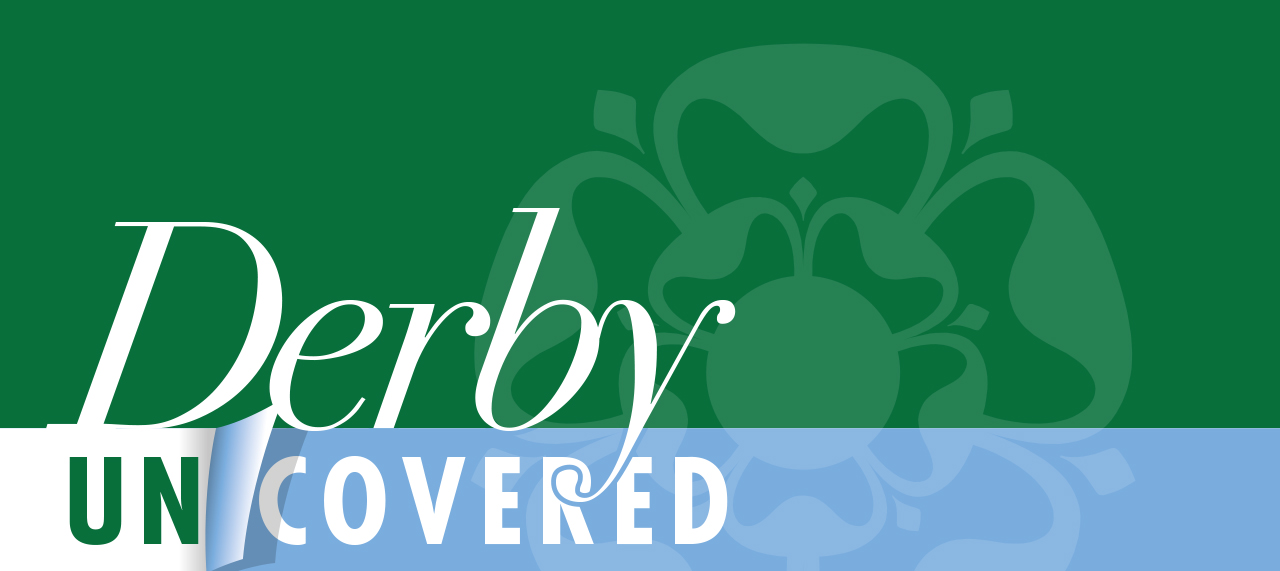Derby 1066 to 1485
1066 AD
The Anglo-Saxon King Harold was defeated by William the Conqueror at the Battle of Hastings and the reign of the Normans began.
1072 – 1076 AD
St. James Monastery was established on what is now St. James Street in Derby.
1086 AD
The Domesday Book, a huge survey of land and land holding in England and Wales, was completed. At this point Derby had become a town with at least 2,000 inhabitants and eight churches.
1137 AD
St Helen’s Priory was founded just outside of the town walls.
1140 AD
The Priory was moved and re-established in the Darley areas as the Augustinian Abbey of St. Mary.
1204 AD
King John’s Charter of 1204 granted the town of Derby the rights to hold its own markets on Fridays and Saturdays. Additionally, the dying of cloth was forbidden within 10 miles of Derby, leading to further trade for the town and merchants were allowed to form guilds to regulate trade.
1224 – 1238 AD
A Dominican Friary was established on what is now Friar Gate in Derby.
1253 AD
On October 14, Nicholas of Findern was an eyewitness to a meteor shower that startled the residents in what is now Alvaston. Records of Burton Abbey stated: “About the hour of vespers, the sky being clear, suddenly a large bright star appeared out of a black cloud with two smaller stars in the vicinity.
“A battle royal soon commenced, the small stars charging the great star again and again, so that it began to diminish in size, and sparks of fire fell from the combatants. This continued for a considerable time, and at last, the spectators, stupefied, by fear and wonder, and ignorant of what it might portend, fled.”
1294 AD
William de la Cornere and Randolph Makeneye became Derby’s first parliamentary representatives.
c.1300 AD
St. Mary’s Bridge Chapel was built to allow travellers to say prayers at the start, end, or during a journey.
1326 AD
St. Mary’s Bridge was described as broken and ruinous and the town was granted the right to charge a bridge toll to raise money for its repairs.
1335 AD
St. James Monastery was destroyed by fire.
1338 AD
Rebuilding works commenced at St. Peter’s Church with the South Aisle and Chantry added.
1349 AD
The Black Death (Bubonic Plague) reached Derby as part of the pandemic occurring in Afro-Eurasia from 1346 to 1353. It has been claimed that a third of the population died, including sixty clergy, one of whom was the vicar of St Peter’s.

Derbyshire Tenants-in-Chief listed in the Domesday Book of 1086 – (see 1086 AD)

St. Mary’s Bridge Chapel – (see c.1300 AD)


